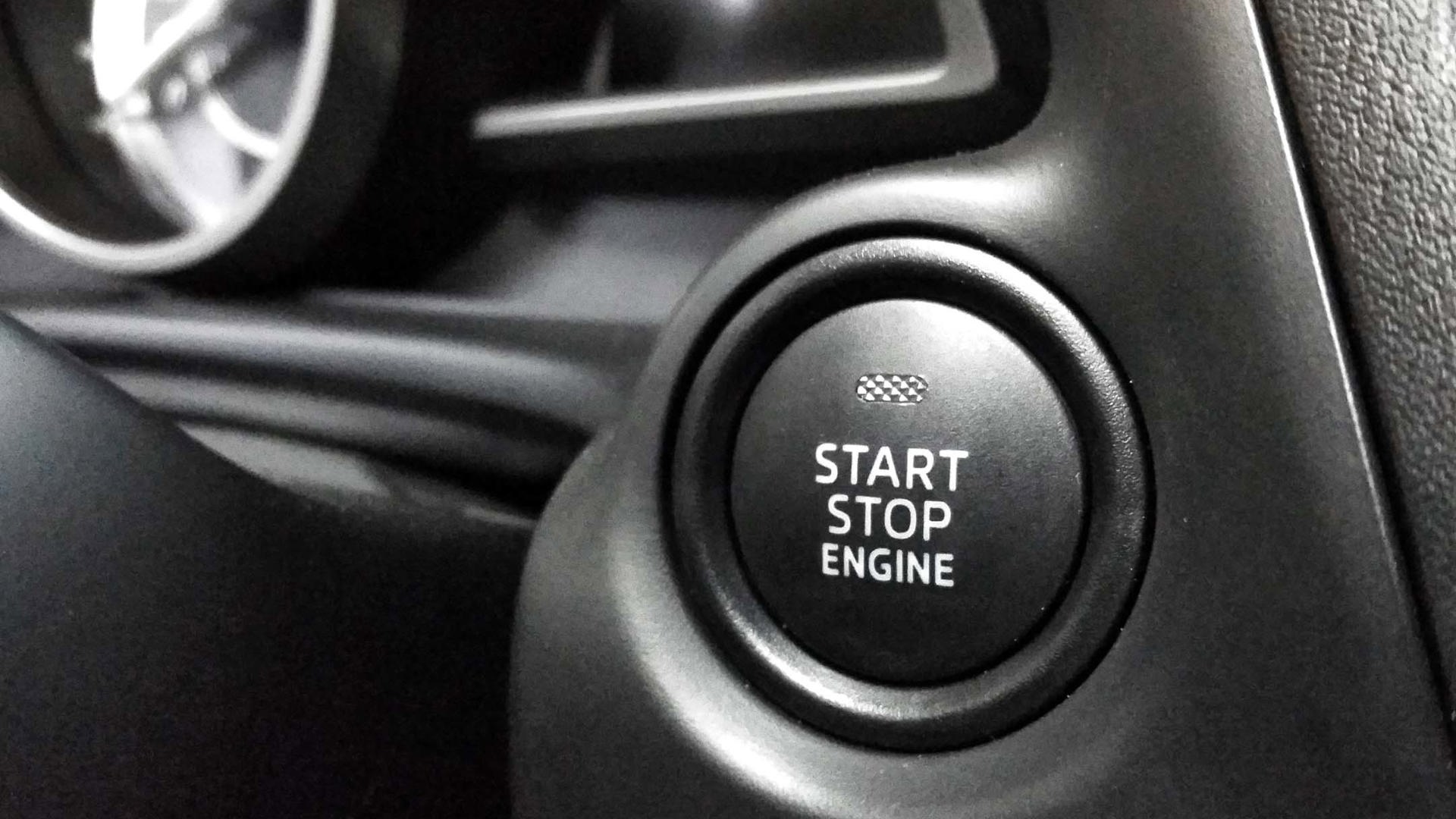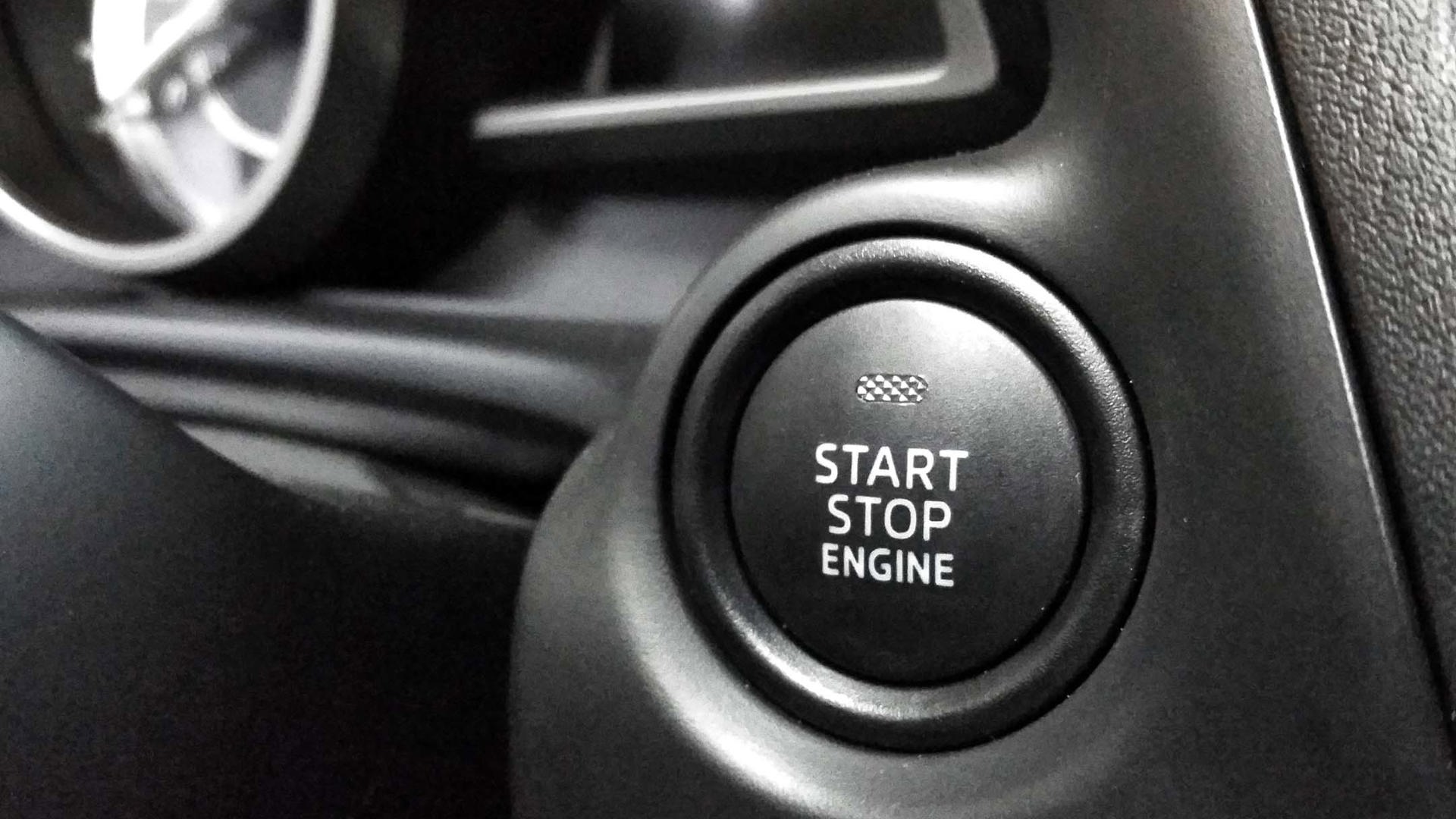It’s incredible the number of convenience features and electronic systems that are available or even standard in a modern car. Even the least expensive, roll up your windows and lock your own locks $10,000 Nissan Micra includes stability control and anti-lock brakes that were the exclusive domain of high-end luxury vehicles just twenty to twenty-five years ago. Driver’s side airbags really only hit the mainstream a few years prior to that, now even the most basic economy car has a dozen or more. A decade ago “Apple CarPlay” might have meant juggling fruit in the back seat.
There are quirks, benefits, and drawbacks to some of these technologies that don’t always get considered when engineers design them, or when customers buy vehicles fitted with them.
Electric door latch actuators

While it’s not a very common feature, there are a few vehicles out there with electric door latch actuators. In these models, an electric solenoid does the job that a handle and cables or rods do in pretty much any other vehicle. Primarily used to facilitate hidden or recessed door handles for styling purposes, they do have a potentially serious downside: they require battery power to operate. The last two generations of Corvette have used them, and there has been more than one owner trapped inside when just enough power remained to open the door, but not enough to reopen it, lower a window, or start the car. (There are emergency manual releases in the Corvette, but not everyone is aware of them. Lincoln’s new Continental has redundant power supplies in each door for much the same purpose.)
Heated seats

Who doesn’t like a toasty backside on a cold day? A relative rarity not that long ago, heated seats are quickly becoming commonplace on all but the lowest-end models, with many new vehicles having them in the second row too.
While they’re great for taking the edge off of a leather seat in chilly weather, they’re also a handy way to keep pizza or take-out warmer for longer on the trip home, particularly if you put a coat over the food!
LED lighting

LEDs (Light Emitting Diodes) have gained significant traction in the automotive market as much for the same lower energy consumption that makes them attractive in household and commercial applications as for their design flexibility, longevity, and performance potential.
While their “instant on” characteristic makes them great for brake lights (conventional bulbs take 1/10th of a second – over 2.5 m at 100 km/h), there’s a substantial downside to LEDs. In most automotive lamps, they are not serviceable; replacement of the entire lamp is the repair if even one LED is out. Ouch!
Another, less obvious quirk? Their efficiency means that they generate very little heat, even when used as headlights, so they don’t tend to melt frost or snow-build-up. Not ideal in our climate.
Electronic gear selectors

Mourn the decline of the mechanically actuated gear shifter, for control of the transmission in a lot of new vehicles now resides in electronics. Interior real estate is becoming as valuable as land in Hong Kong, so the space required by a shift lever with multiple positions is being reclaimed by electronic controls. That there’s little standardization – twist knobs, push-buttons, toggles that you have to press a button, toggles that pressing the button engages Park, no Park button – makes it all the more confusing. PRNDL? Maybe, maybe not.
Engineers and software coders now make your choices for you. Want to leave your vehicle in Neutral? Many automatically shift to Park at shut-off, some even do so while moving at low speed if the driver’s door is opened, say, backing into a spot – surprise! Dead battery? Forget simply pushing your car out to boost it.
Proximity key/push-button ignition

Definitely a convenience, proximity key systems allow you to leave your key fob in your pocket or purse, unlocking and starting your vehicle simply by grabbing the door handle (or pushing a small button on the handle) and pressing an ignition button (or twisting a knob).
Many people don’t realize that these systems rely on batteries in the fobs. When those batteries die, these systems no longer function properly. While I’ve yet to see one without an emergency key in the fob, that’ll only unlock the door in push-button ignition models. There’s normally somewhere that the fob can be put to act like a transponder, in many newer vehicles it’s against the Start button itself.
Interestingly, while a good number of automakers allow you to turn their vehicles’ engines off even while in gear (leaving the steering unlocked) by tapping or holding the ignition button, I’ve yet to encounter a Chrysler model that will. They’ll only shut off in Park, which wouldn’t be much help in the extremely unlikely event of a runaway.
Leaving your fob too close to the car can prevent it from completely powering down when parked, possibly resulting in a dead battery. Washing your car with the fob in your pocket can also have unexpected results, as the wash water can fool the capacitive sensors used in the door handles into thinking you’re grabbing them – BEEP BEEP clunk. Almost like it’s ticklish.
Electronic parking brakes

One of the few devices that has been a feature on cars pretty much for as long as there’s been cars is the manual parking brake or emergency brake. Whether a hand operated lever or a foot pedal, these use a cable system to mechanically actuate a secondary brake system – not the primary hydraulic system the actual brake pedal applies – to keep a vehicle from rolling away indefinitely, and provide an alternative in case of a hydraulic system failure.
They also consume interior space, whether in the footwell or centre console, the latter of particular concern in an age where Big Gulp-swallowing cupholders, cell phone pockets, and knob-style infotainment controllers are priorities. Electric parking brakes need only enough space for a power window-sized button.
Two main styles of implementation exist – power operated cable, and caliper-integral motors. The former is essentially a winch that does the job your foot or arm used to, while the latter actually has electric actuators built into the rear brakes. Performing any kind of rear brake service requires special equipment to retract and reset the integral type (so you’ll pay more), the mechanisms themselves live in a harsh environment inside the rear wheels (setting them up for failure), and the frequent positioning of the button ahead of the cupholders on the console in both types means that they’re a prime target for spilled beverages – which they don’t tolerate well, trust me.
They also make it nearly impossible to do a proper handbrake turn, which is reason enough to avoid them....
Back-up cameras/sonar sensors

They’re a handy device for fine-tuning a parking job, and may even save lives, which is why they’re going to be mandatory as of 2018.
The most obvious quirk of back-up cameras is their susceptibility to a build-up of dirt or spray. Like all cameras, they can also be moody in certain lighting conditions, and their field of view, though often quite wide, is ultimately limited.
There is another quirk, however, which is a shortcoming of their intended purpose and the location in which they’re usually mounted – they can’t see up. A friend of a friend discovered this with his brand new Ford Flex several years ago. While reversing into a parking spot in an underground parking lot that he hadn’t examined as closely as he ought to have, he trusted the camera instead of using his mirrors and windows. Just over a metre from the wall his tailgate glass exploded into fragments, the victim of a low-hanging air duct that his camera couldn’t warn him about. Oops.

